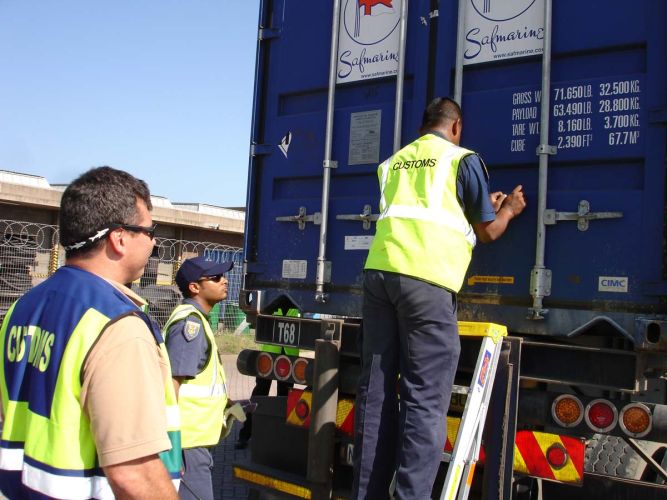
Types of Customs Examinations in USA
Once or twice (or even a few times) per year I get notified that one of our shipments has been selected for a customs examination. One of those times occurred this
week at the Port of Vancouver as I was just informed it would be a “Dockside Examination”.
Admittedly I’m not an expert on the whole examination process so the word “Dockside Examination” wasn’t clear to me. However, I knew that earlier in the year we were footed with a bill for over $1000 when a container was taken aside (i.e. transported many kms to an offsite facility) and inspected. So my suspicion was that a dock side examination is performed at the port, meaning it doesn’t have to be transported to another facility, hopefully meaning that the charges won’t be as high. As an aside, in case you’re not aware, the importer must bare all of the costs associated with an examination, which IMO is a severely flawed system, but it is what it is. As per The Canada Border Services Agency:
It is the responsibility of the shipping industry to select warehouse operators for the transportation, unloading, and reloading of containers at centralized examination facilities. The facility operator generates the fees for presenting the goods for examination, to cover the cost of transportation to and from the examination facility and for unloading and reloading the container. The facility operator bills these costs to the shipping lines that in turn pass the cost to the importer.
U.S. Customs says roughly the same thing here, as well as most other countries I suspect.
In my research of different examination processes, I found that there are essentially three types of examinations Canadian Customs will perform:
- Examinations at a container examination facility (CEF) BAD
The container is moved from the port to another facility and completely de-stuffed (i.e. all of the goods unloaded). Customs officers than use a variety of tools to test of drugs, weapons, and other contraband.
- Pier/Dockside examinations NOT AS BAD
Customers officers open the container and do a visual inspection. They’ll lightly inspect the goods closest to the door and if they don’t like what they see, they may refer the container for an off-site examination.
- Large scale imaging (LSI) examinations OK
An X-ray is performed of the container to identify if an ‘intrusive examination’ is needed.
As mentioned, the container has been selected for a dockside examination. Assuming the customers officers do not find anything that raises any eyebrows, my hope is the container will be released within a day or two and with minimal charges (<$300). I’ll follow up with another post once I find out the results.









Leave a Reply